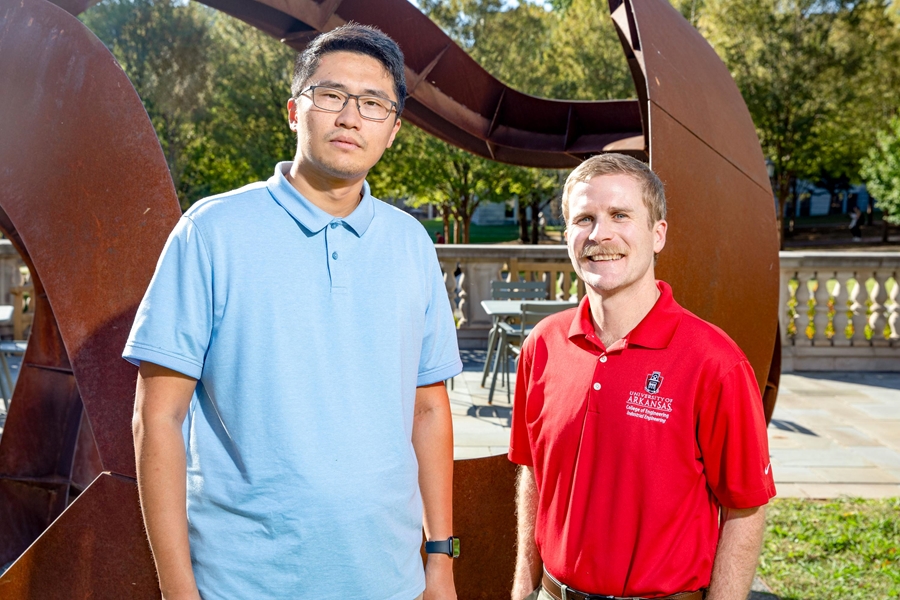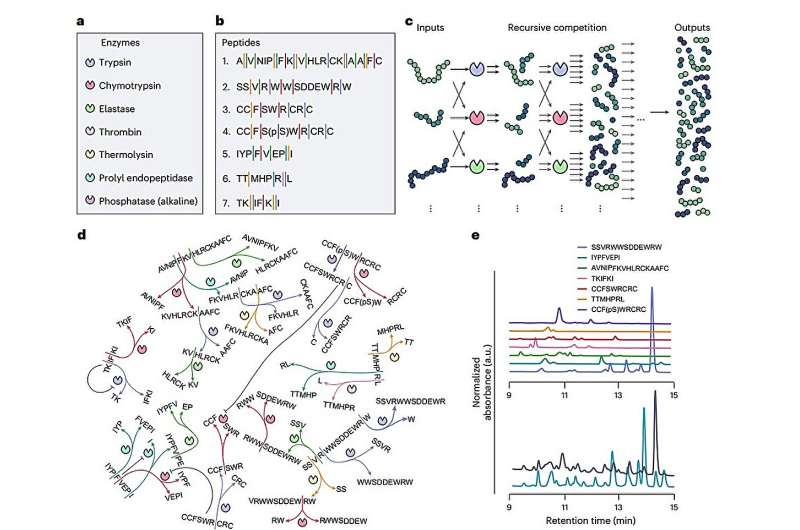A groundbreaking study has revealed that ferroelectric fluids can leverage an overlooked mechanism known as transverse electrostatic force (TEF) to achieve significant vertical motion without the need for magnets or high voltages. Researchers from the School of Materials and Chemical Technology at the Institute of Science Tokyo, led by Suzushi Nishimura and Tatsuhiro Tsukamoto, have demonstrated that these fluids can rise over 80 mm when subjected to modest electrical inputs. This development marks a substantial advancement in the design of electrostatic actuators, paving the way for lighter, energy-efficient motors.
Revolutionizing Electrostatic Actuators
Electrostatic actuators are essential components in various modern technologies, including robotics and microelectromechanical systems. These devices typically convert electrical energy into mechanical motion through the application of an electric field between two electrodes. This creates a pressure known as Maxwell stress, which can lead to motion. However, traditional electrostatic actuators are limited by their high voltage requirements, often necessitating inputs in the kilovolt range to generate meaningful movement.
The discovery of ferroelectric nematic liquid crystals has changed this landscape. These unique materials combine the fluidity of liquids with spontaneous polarization, allowing for a collective alignment of molecules that can retain an internal electric dipole. Their dielectric constants can exceed those of conventional materials by thousands of times, facilitating the generation of substantial mechanical stress at much lower voltages.
The research team set out to explore whether these ferroelectric nematic liquid crystals could effectively utilize the previously underestimated TEF. Their findings were published in Communications Engineering.
Experimental Findings and Implications
In their experiments, the researchers utilized a ferroelectric mixture of DIO and DIO-CN, a eutectic liquid crystal blend stable between 22 °C and 52 °C. They positioned two parallel stainless-steel rulers, which acted as electrodes, in a reservoir filled with this ferroelectric fluid. By applying a direct current electric voltage and precisely controlling the temperature, they captured the fluid’s motion using high-speed cameras.
The results were impressive. When the electric field reached just 28 V/mm, the liquid column rose more than 80 mm, demonstrating the powerful influence of the TEF. This movement generated stress levels exceeding 1,000 N/m², achieved at voltages significantly lower than traditional electrostatic actuators require. Control fluids like silicone oil showed no such movement, highlighting the unique attributes of the ferroelectric mixture.
Nishimura emphasized the significance of their findings, stating, “By using a ferroelectric nematic liquid crystal whose dielectric constant and polarization are over a thousand times greater than those of conventional materials, we drastically reduced the required driving voltage, from around 10 kV to just a few tens of volts.” The team also noted that the electrostatic force acting perpendicular to the applied electric field enabled the construction of a rotor made entirely from plastic, simplifying the motor’s design.
This innovation not only introduces a lightweight, magnet-free motor but also aligns with the global shift towards sustainable technologies. Nishimura predicts that these ferroelectric motors, operable at low voltages and devoid of rare-earth elements, will play a critical role in advancing a decarbonized society and enhancing economic security as part of next-generation technology in Japan.
The implications of this research extend beyond engineering, hinting at a transformative approach to converting electrical energy into mechanical motion. By harnessing the TEF within ferroelectric fluids, this study not only pushes the boundaries of electrostatic engineering but also redefines its potential applications in a variety of fields.







